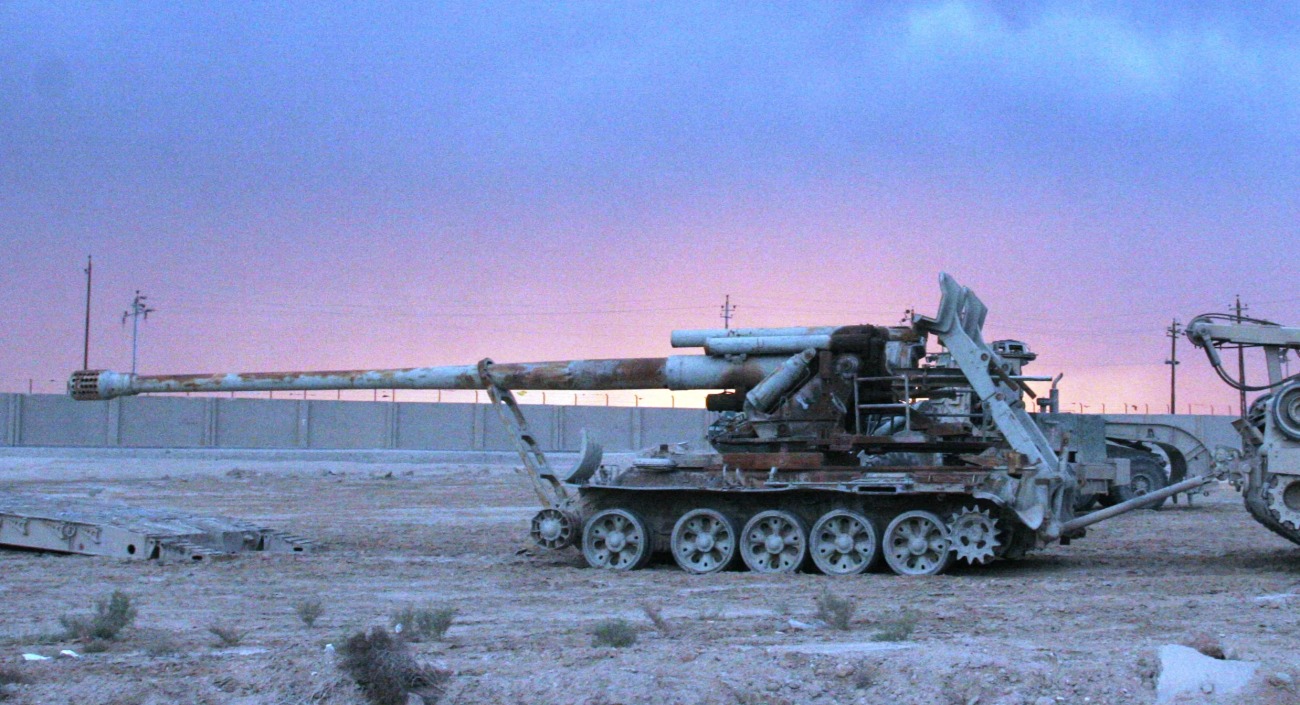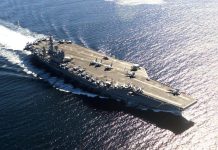In one of the most consequential shifts in the Ukraine conflict over the past three years, North Korea has emerged not just as an ideological ally of Russia, but as a central logistical pillar, supplying a substantial portion of the artillery ammunition fueling Moscow’s war effort.
A new report titled “Brothers in Arms” by the UK-based Open Source Centre (OSC) reveals a staggering surge in North Korean military support, now supplying nearly half of Russia’s artillery ammunition used on the Ukrainian front.
This is no symbolic gesture. It’s a military partnership built on volume, velocity, and strategic value.
Munitions By The Millions
According to OSC’s analysts, from August 2023 to March 2025, North Korea shipped at least 15,809 containers to Russia, translating into an estimated 4.2 to 5.8 million rounds of artillery ammunition.
The cargo includes 122mm and 152mm shells and rockets, enabling Russian forces to sustain the kind of relentless artillery fire that has defined their battlefield tactics.
At a current clip of 750 containers per month, North Korean exports amount to nearly 600,000 to 783,000 munitions per quarter, giving Russia a steady and reliable stream of firepower. In comparison, Britain and Germany combined have delivered fewer than a million rounds to Ukraine since 2022. Since February 2022, the United Kingdom has delivered around 500,000 artillery rounds, while Germany has supplied close to 450,000.

According to Reuters and Ukrainian intelligence, as of early 2024, North Korean ammunition makes up about 50% of all Russian artillery shells fired.
More Than Shells: A Full-Spectrum Military Alliance
But Pyongyang’s aid doesn’t stop at ammunition. According to Ukrainian intelligence, North Korea has also supplied 148 ballistic missiles (KN-23 and KN-24), 120 long-range self-propelled artillery systems, and 120 multiple rocket launch systems.
These shipments—primarily ferried by Russian cargo ships Angara, Lady R, Maria, and Maia-1—move from the North Korean port of Rason to Dunay and Vostochny in Russia’s Far East, before being transferred by rail network to frontline depots. Using satellite imagery and 3D modeling, OSC confirmed that these shipments largely consist of artillery shells and mortar rounds.
OSC analysts note that this pipeline has greatly relieved pressure on Russia’s struggling defense industry, allowing Moscow to maintain a high tempo of combat operations that would otherwise be unsustainable.
Kim’s Factories In Overdrive
To meet Russian demand, North Korea’s weapons industry has reportedly shifted into “wartime-equivalent posture,” with key factories operating 24/7. This production surge not only boosts Pyongyang’s economy but solidifies its status as a critical player in shaping the battlefield far beyond its borders.
North Korean Boots In Russia
In a move that shocked NATO officials, intelligence sources in Brussels revealed that North Korea deployed approximately 11,000 troops to Russia in 2024, supposedly to assist in repelling Ukrainian incursions in the Kursk region. Of these, 1,500 have been killed and 3,500 wounded, suggesting active engagement rather than symbolic presence.
Technology For Artillery
This relationship is transactional, too. In exchange for munitions and manpower, Russia is believed to be transferring advanced military technology to North Korea, ranging from satellite support to conventional weaponry such as tanks and fighter aircraft. These gains bolster Pyongyang’s long-term military modernization strategy.
According to TIME Magazine, North Korean satellite launches and ballistic missile developments have shown marked improvement since this partnership deepened—further evidence of a high-tech quid pro quo.
Global Fallout: A New Axis Of Autocracy?
This expanding alliance between Russia, North Korea, and potentially China has alarmed the West. U.S. and NATO officials warn of an emerging “authoritarian military triangle,” whose coordination could reshape security architectures across Europe and the Indo-Pacific.
The Biden administration has issued repeated warnings, and Japan and South Korea have strengthened trilateral defense ties with the U.S. in response. As North Korea’s arsenal flows west, Western alliances are being forced to prepare for wider theaters of confrontation.
From Hermit To Hinge Player
What was once dubbed the “Hermit Kingdom” is now a hinge player in a major European war. North Korea’s industrial muscle—long viewed as isolated and under-equipped—has turned out to be a decisive enabler of Russia’s military momentum.
- Shubhangi Palve is a defense and aerospace journalist. Before joining the EurAsian Times, she worked for ET Prime. She has over 15 years of extensive experience in the media industry, spanning print, electronic, and online domains.
- VIEWS PERSONAL OF THE AUTHOR
- Contact the author at shubhapalve (at) gmail.com




